It’s never been about spotting for me. I don’t count spotting as ‘seeing’ a bird. For that, I have a separate list in my mind categorized under “spotted”. But my recent trip to Mangalajodi (near Chilika in Odisha) was not just about spotting. It was the best birding I had done in a really long time. In just two days it made up for all those years I had lost by not birding! The quality of birding defied what you would generally call ‘good sightings’.
The first thing that struck me within an hour of birding at the expansive wetland was the comfort level of the birds to our approach. The approach distance was so short that it reminded me of my birding in the US. There, the birds are generally very comfortable with humans approaching them since many people feed them and hence the birds had lost their fear of humans. But, at Mangalajodi, there there was nobody feeding these birds or interfering with their natural behaviour. On the contrary, this was a place that had been witness to rampant bird poaching. Up until about 2002, the place was a scene of massacre especially during the winter migration season when the bird population goes up by the tens of thousands. It had reached a state where the bird numbers started dwindling. Eventually, conservation NGOs and government stepped in and now the place has been transformed into a haven for birds with no reported cases of poaching. This was a result of educating local communities about the benefits of converting their excellent knowledge of birds and their habitat to a model that could both help the birds as well as sustain their livelihoods. The former poachers now work as bird guides with the community-driven tourism project. More of this success story is documented at Lost in magical Mangalajodi published in The Hindu. It was this article that inspired our decision for us to travel there.
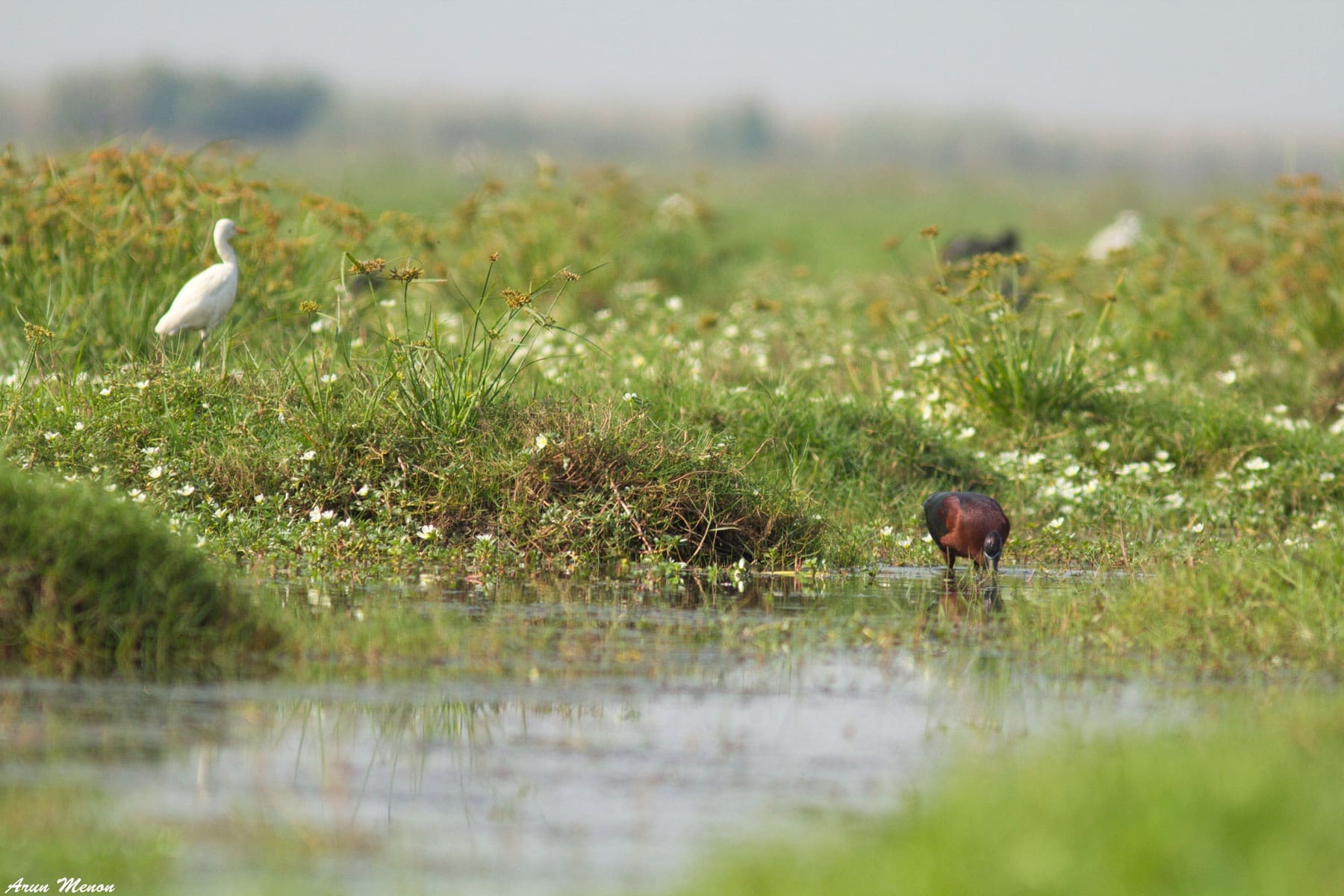
We reached Mangalajodi past noon and after a simple but tasty lunch we were about to get into our room to laze for a while when our guide Srinivas called out to us to start the birding session. We were a bit astonished as it was around 2:30 in the afternoon and this was not considered the best time to bird as it would be too hot for the birds and the birders to be active! But he promised that there would be plenty of birding and that it would be pleasant weather since the wetland would have a cool breeze. Although a bit apprehensive, we decided that he would know better and decided to head out. As we made our way over the bund to the boat jetty in the car, we kept asking the driver to stop as we started spotting several species within minutes. Our guide, however, took charge to keep us focused and told us that all these birds would be visible very well while on the boat ride. We surrendered ourselves to his experience and went to the boat jetty. The boat had a shallow bottom to help it navigate the reed-filled swamp bed and a sheet propped on four stilts to serve as a roof to provide much-required shade. However, once we started the ride, as promised by our guide, the cool breeze kept us comfortable through the ride. The boatman used a single long wooden pole to power the boat ahead. This was perfect since it ensured a smooth and completely silent movement over the water. This silent and slow movement coupled with absence of poaching has made the birds feel less threatened. This allowed us to approach much closer than usual, to wetland birds which we usually observe from banks of lakes and other water bodies. The result was wonderful sightings that would remain etched in my memory for ever! For now, go ahead and take a look at the images that were etched in the memory card of my camera! 🙂


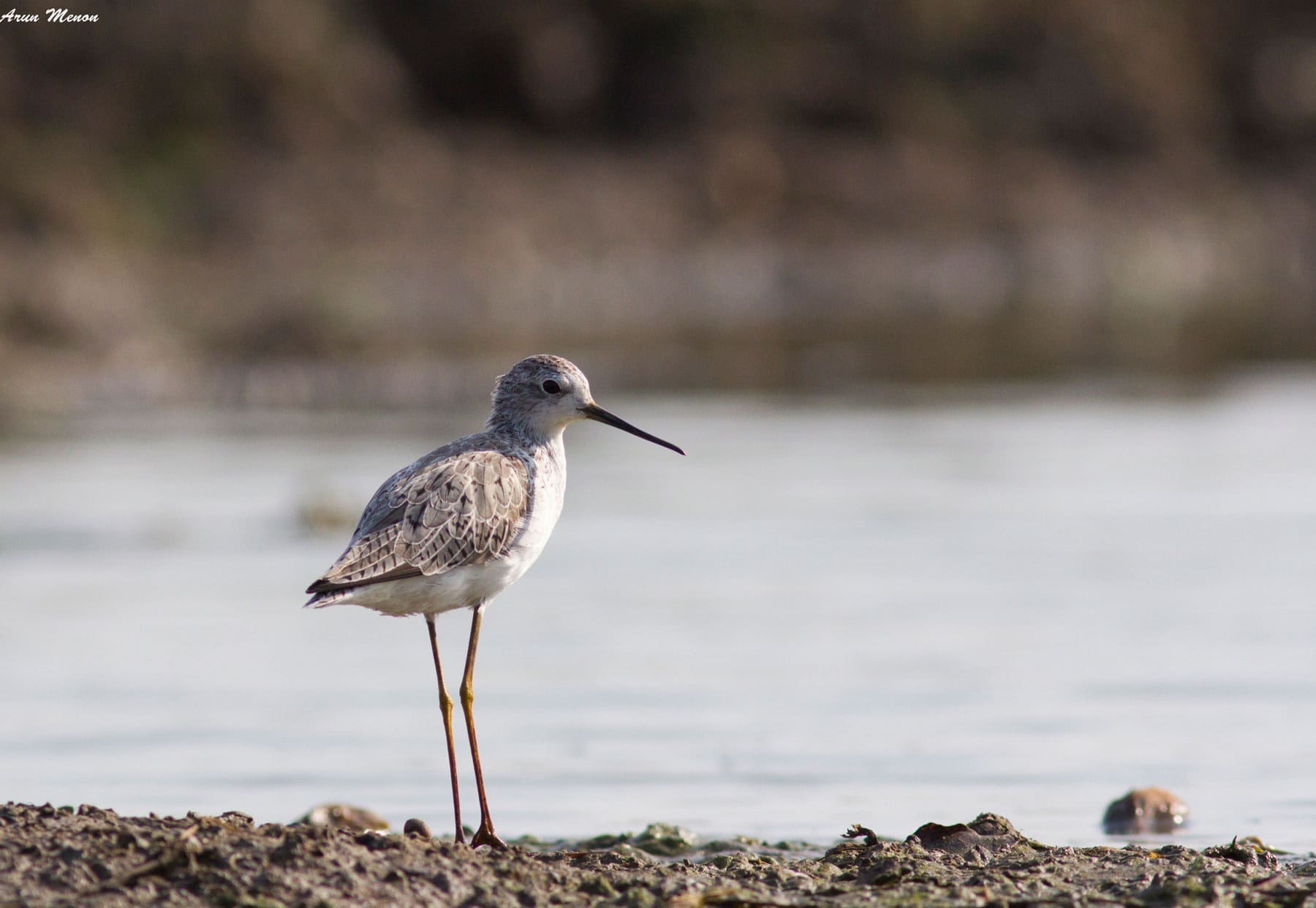

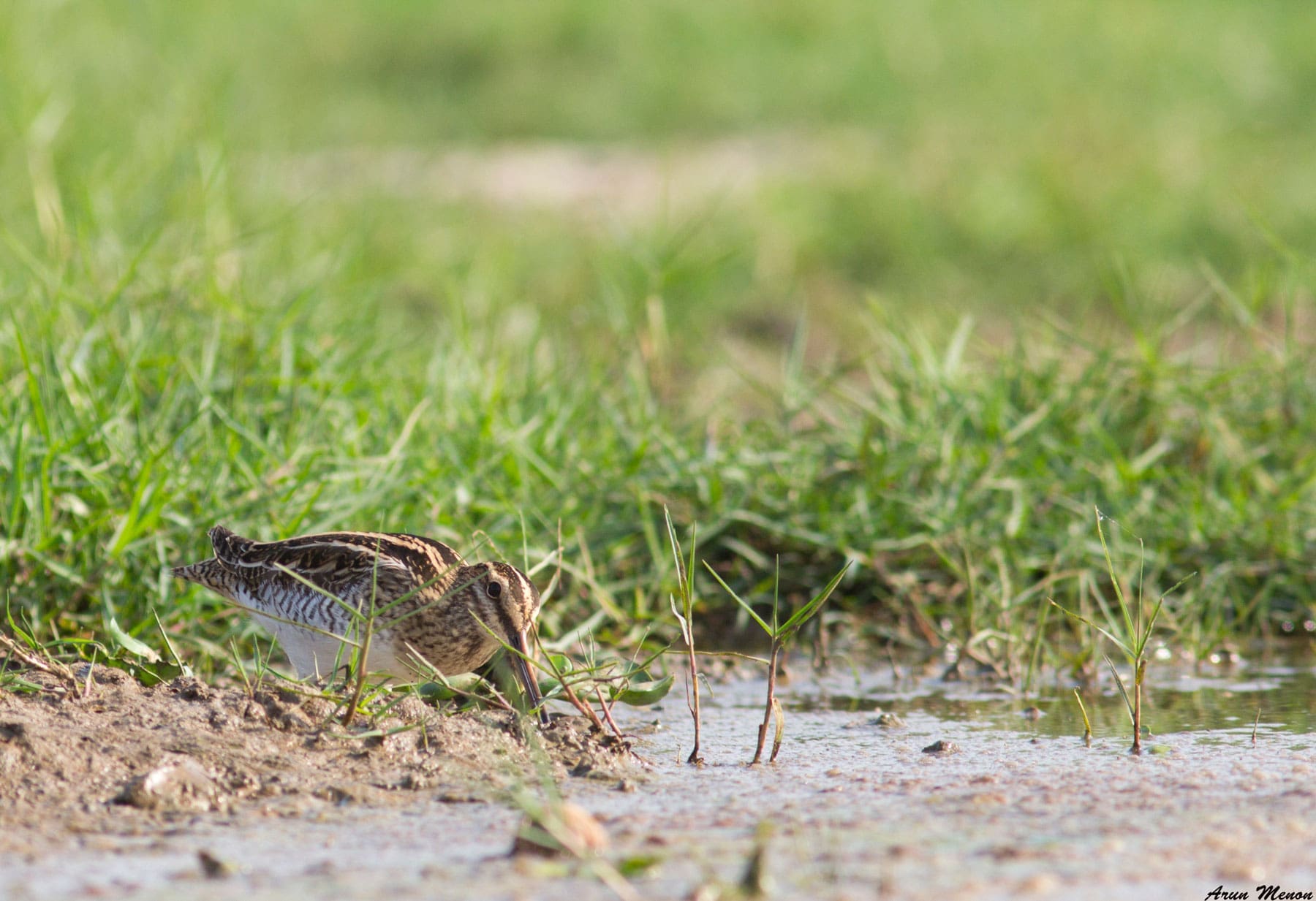

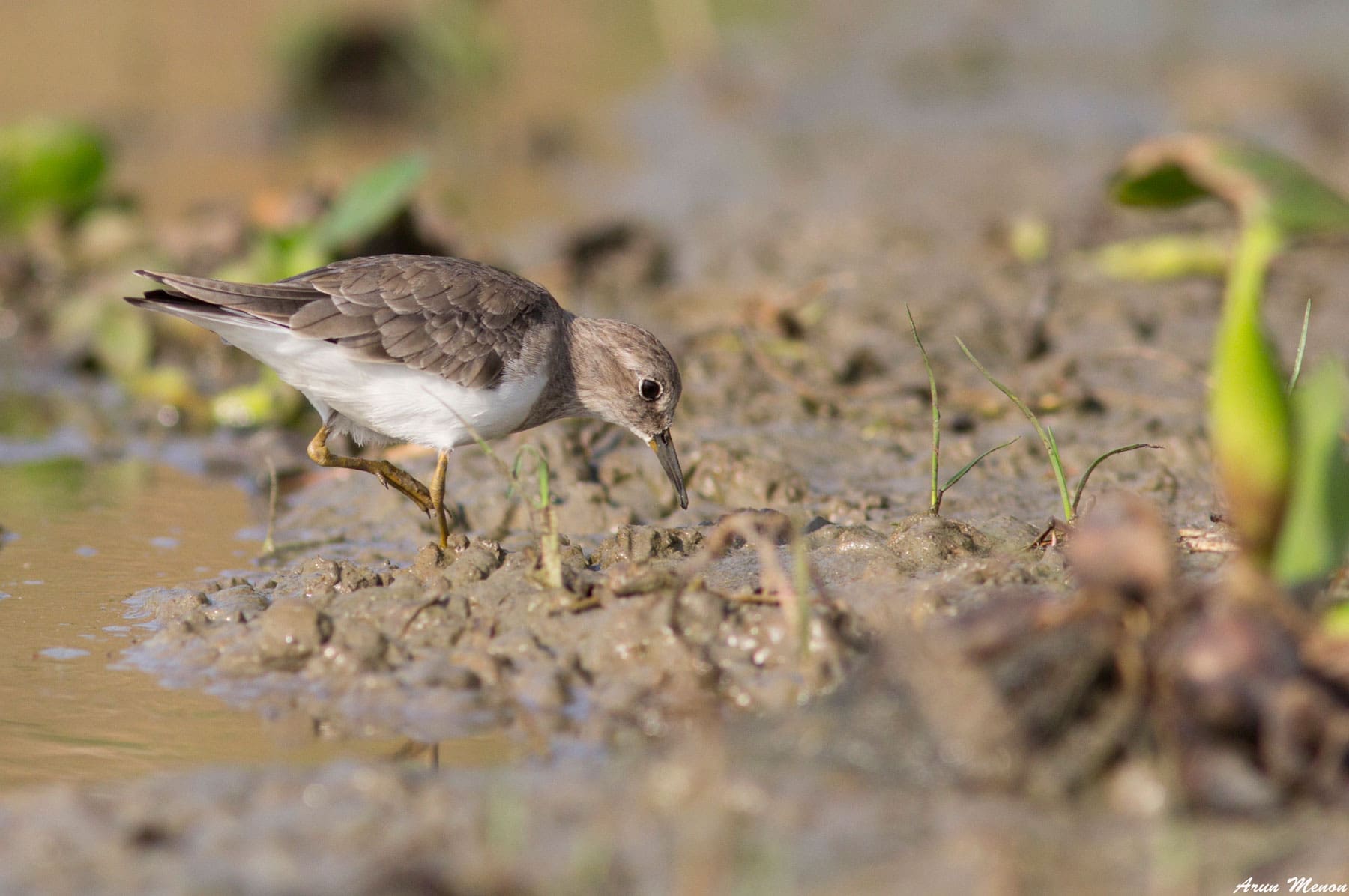



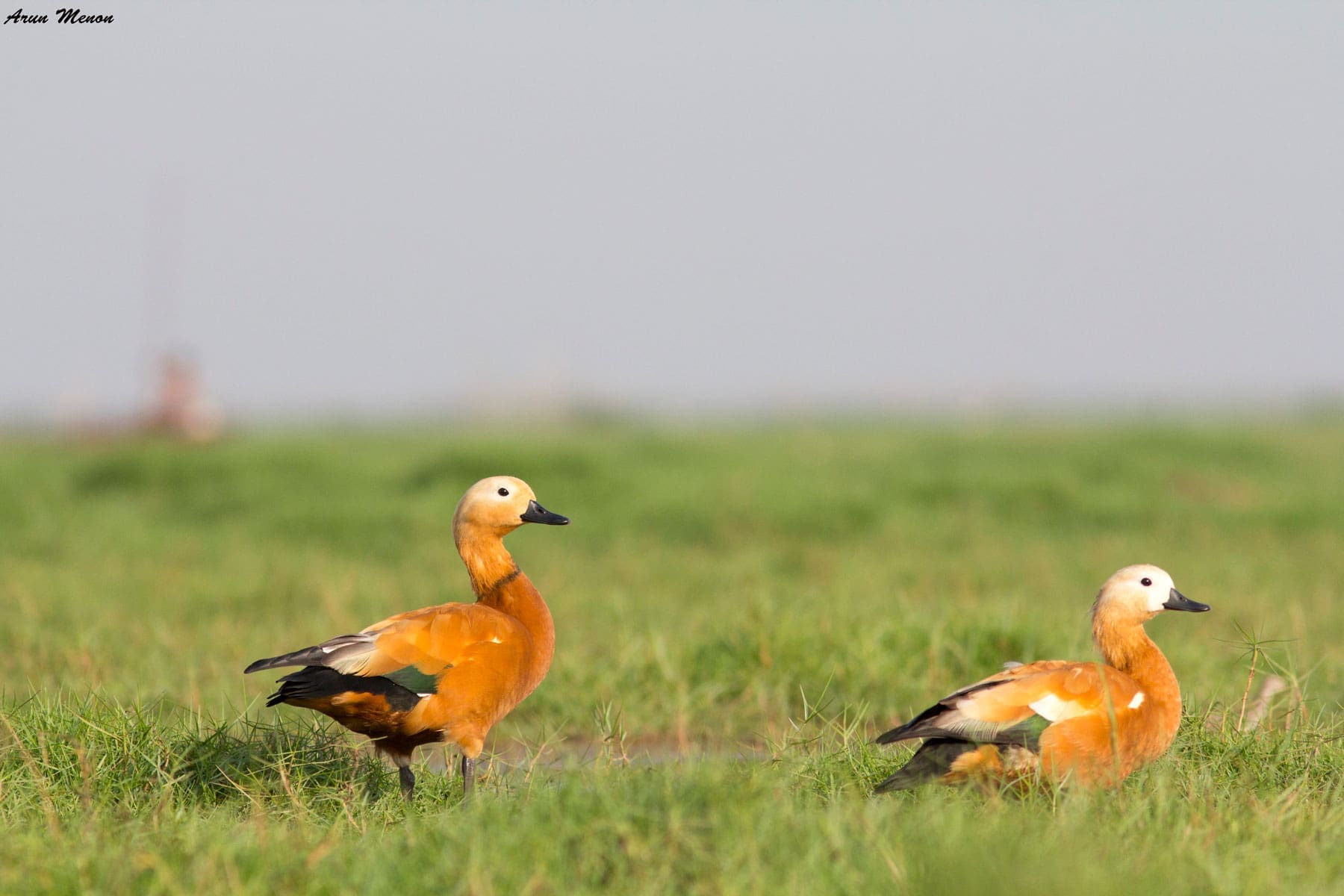


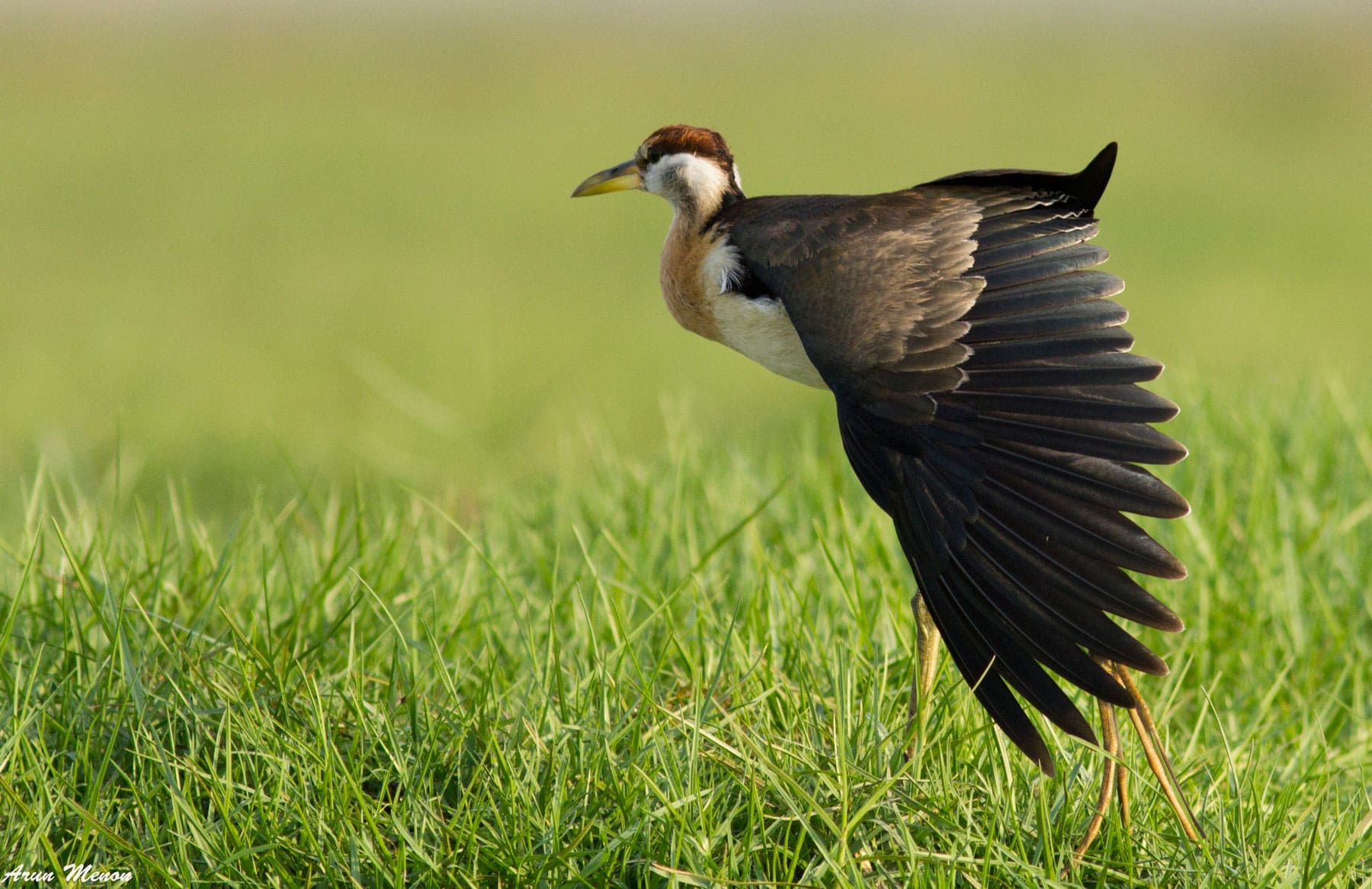
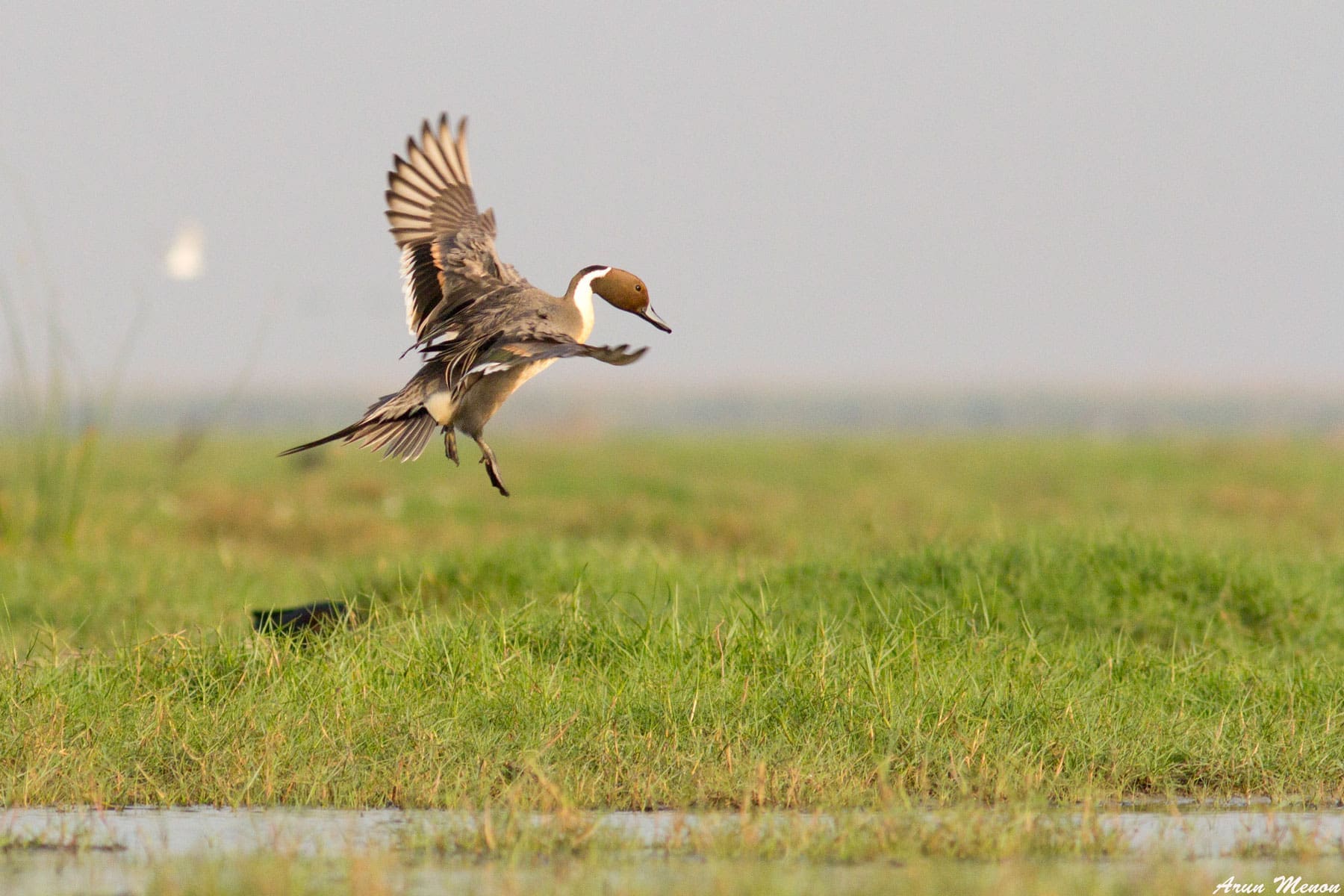
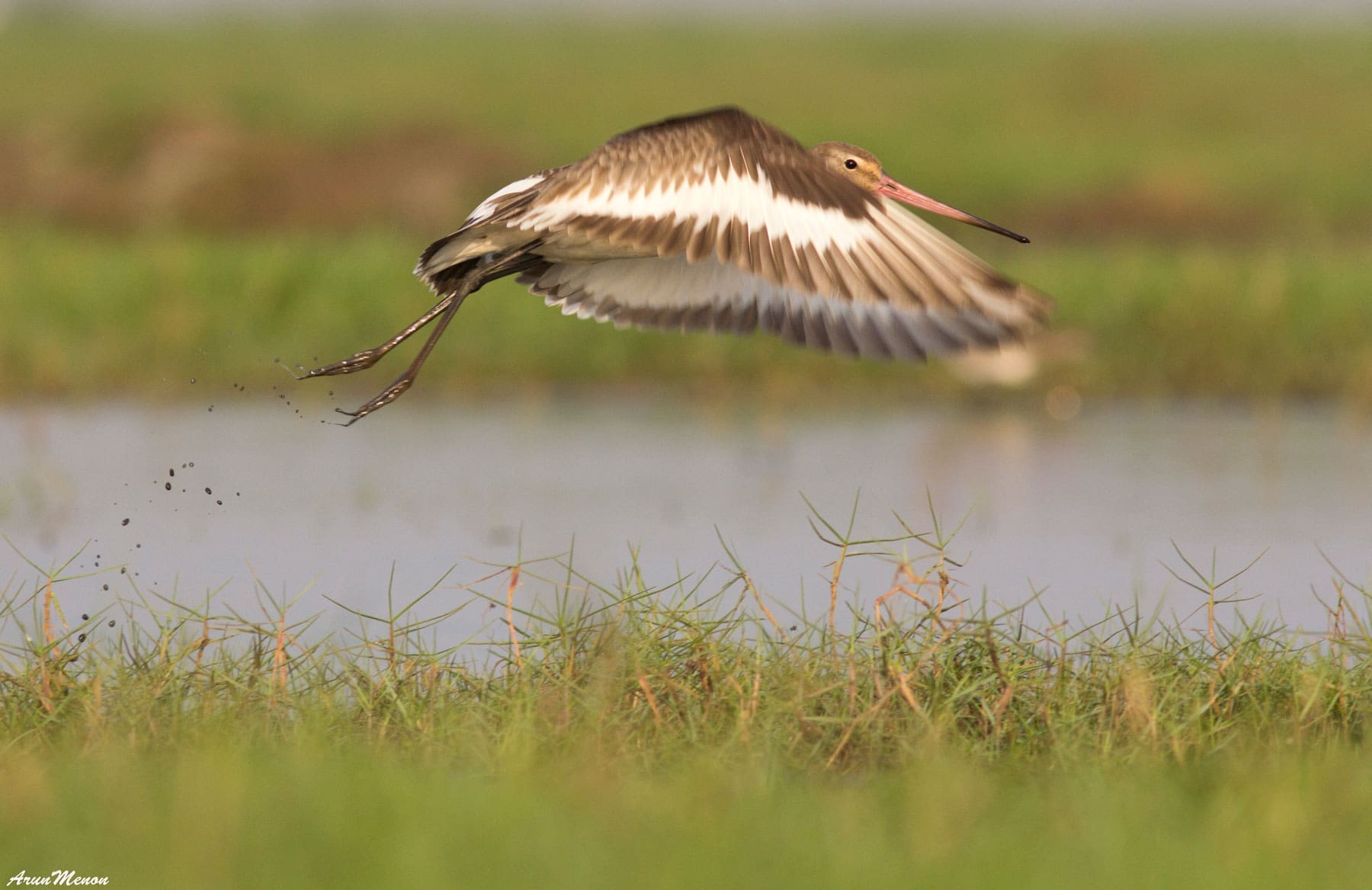





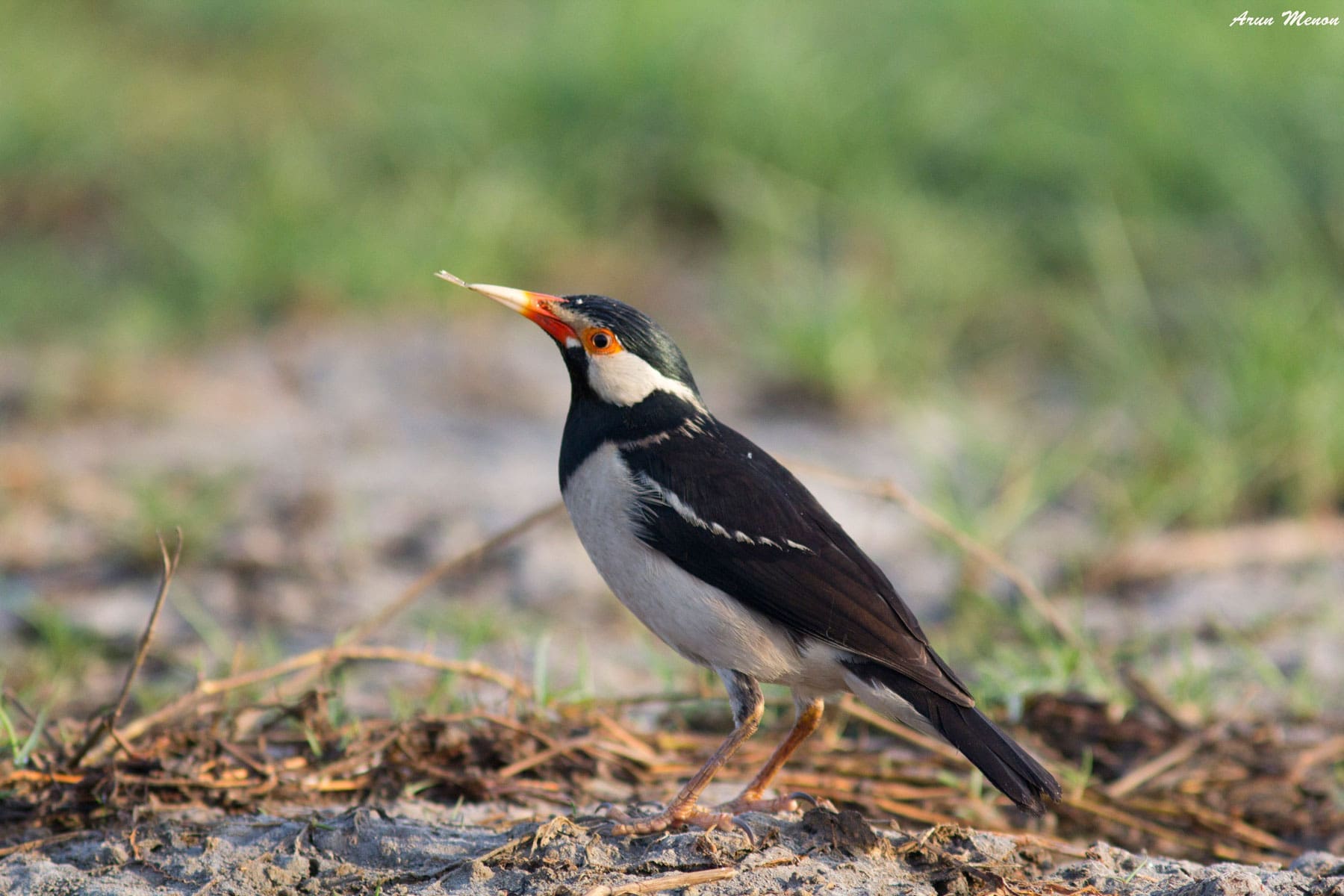

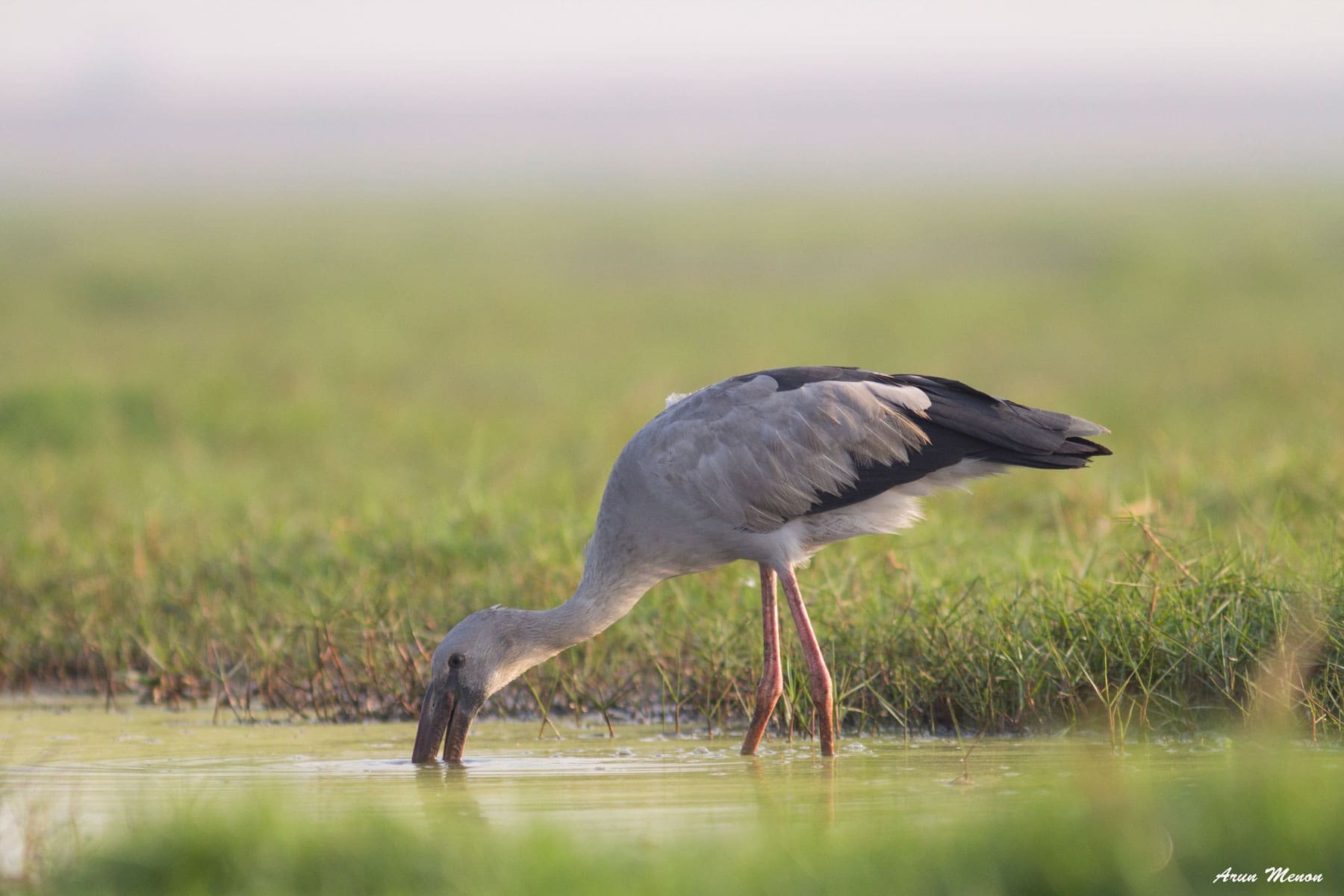






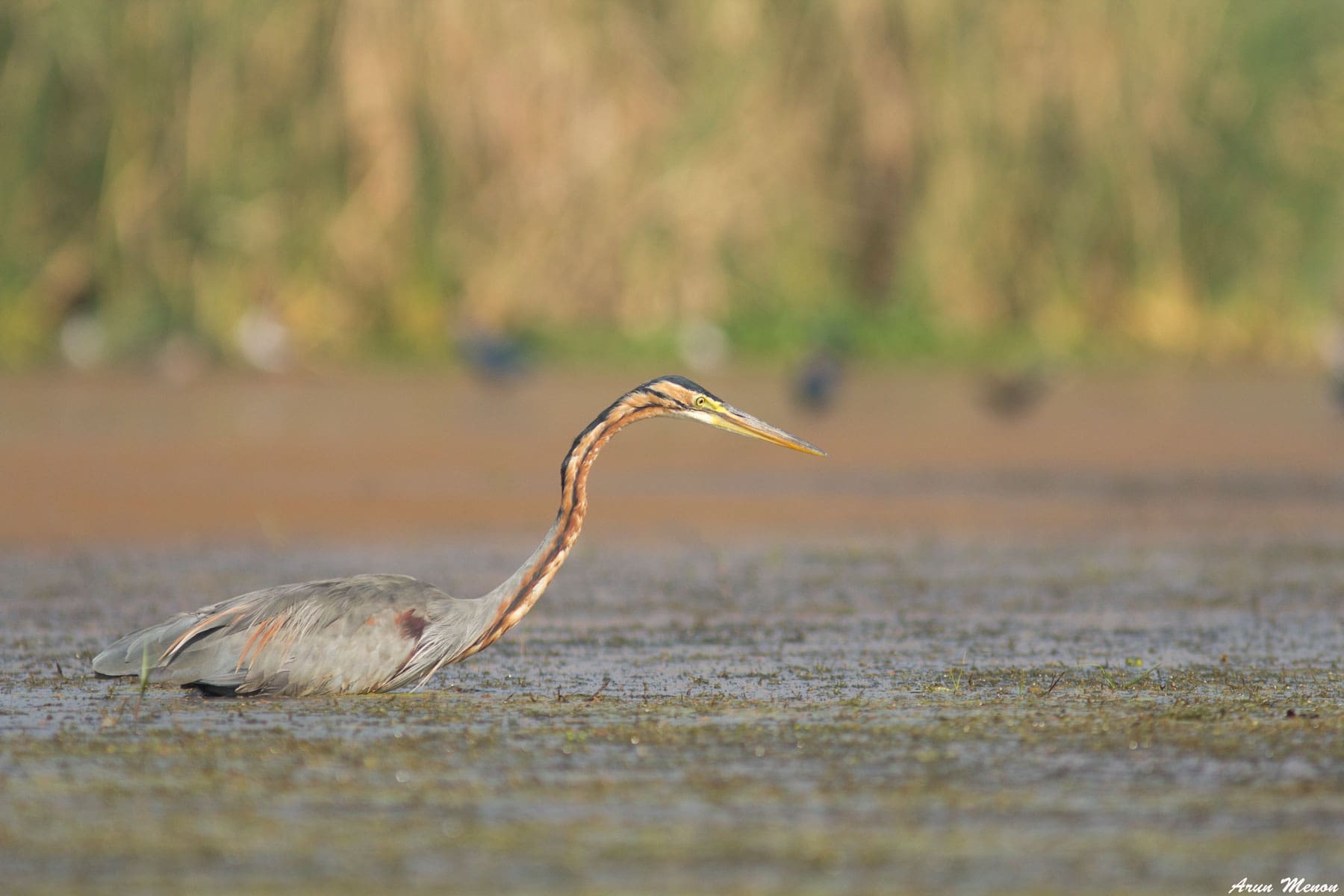



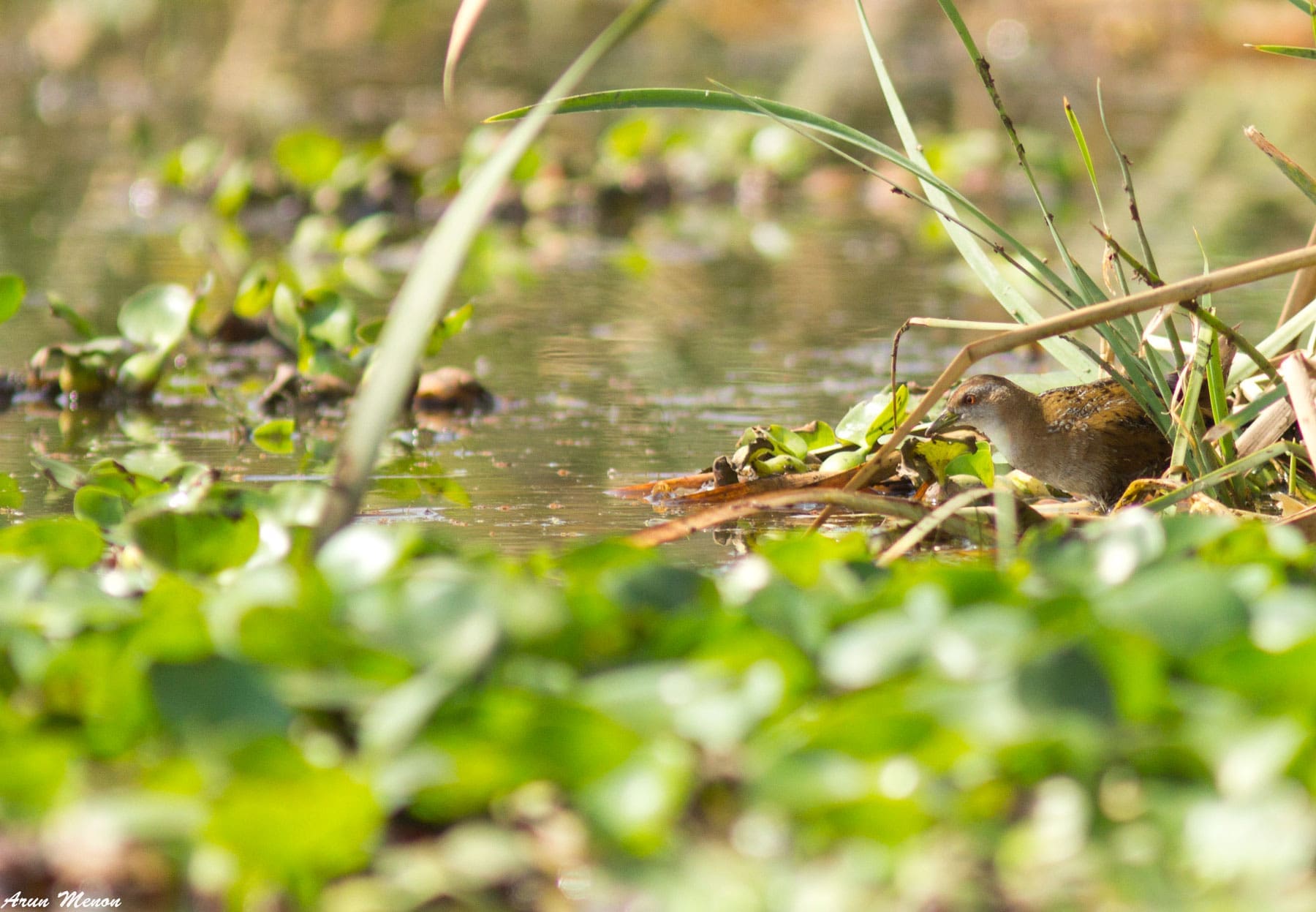
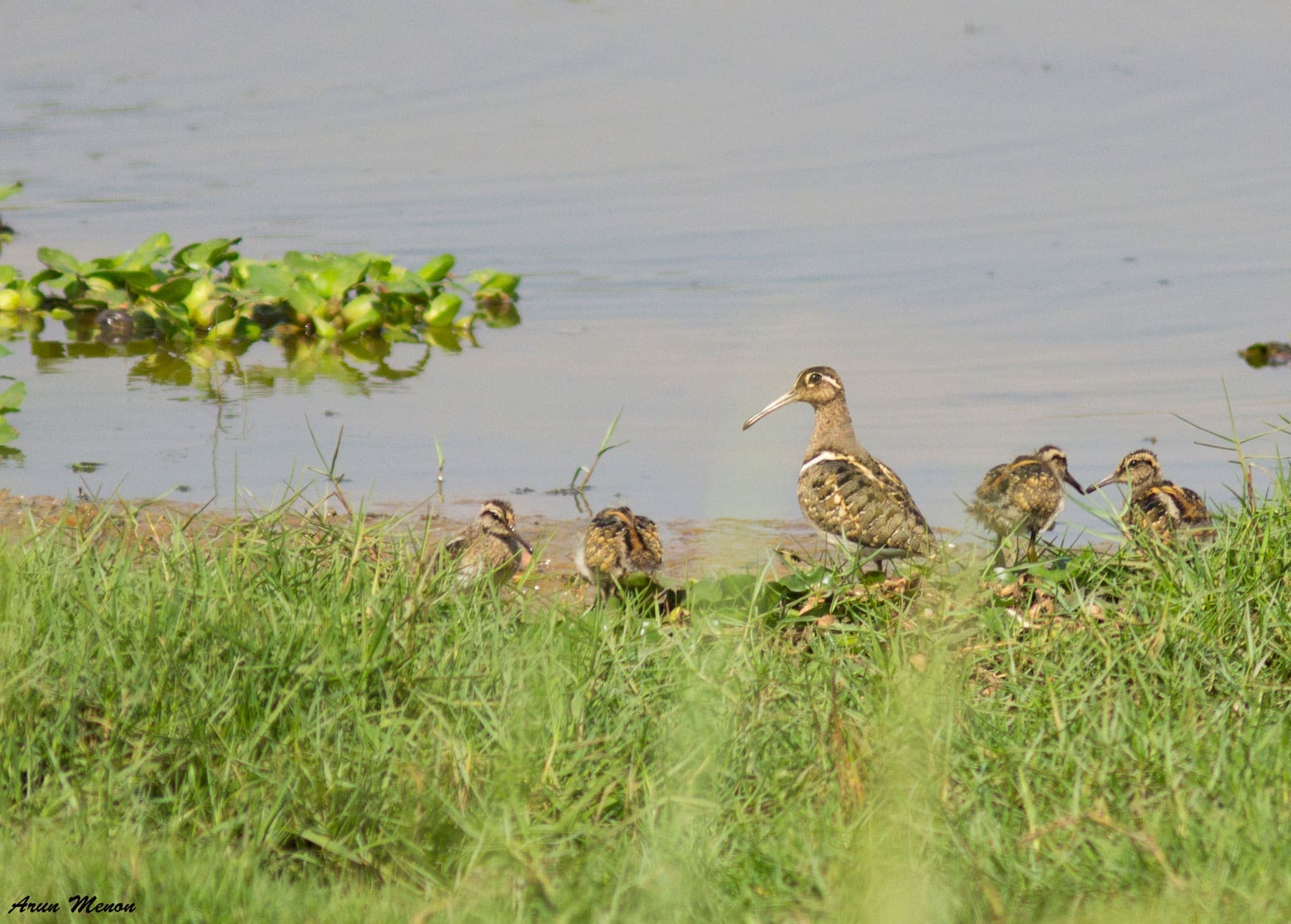
When they were discovered, the chicks hid beneath the grass and the male flew away, landed nearby and did the broken-wing display. Broken-wing displays are performed by adult birds to divert the attention of predators from their nests or young ones. The adult bird lands close by and feigns an injury – a wing that is broken, so that the predators are lured into thinking that they can catch the injured adult that cannot fly.
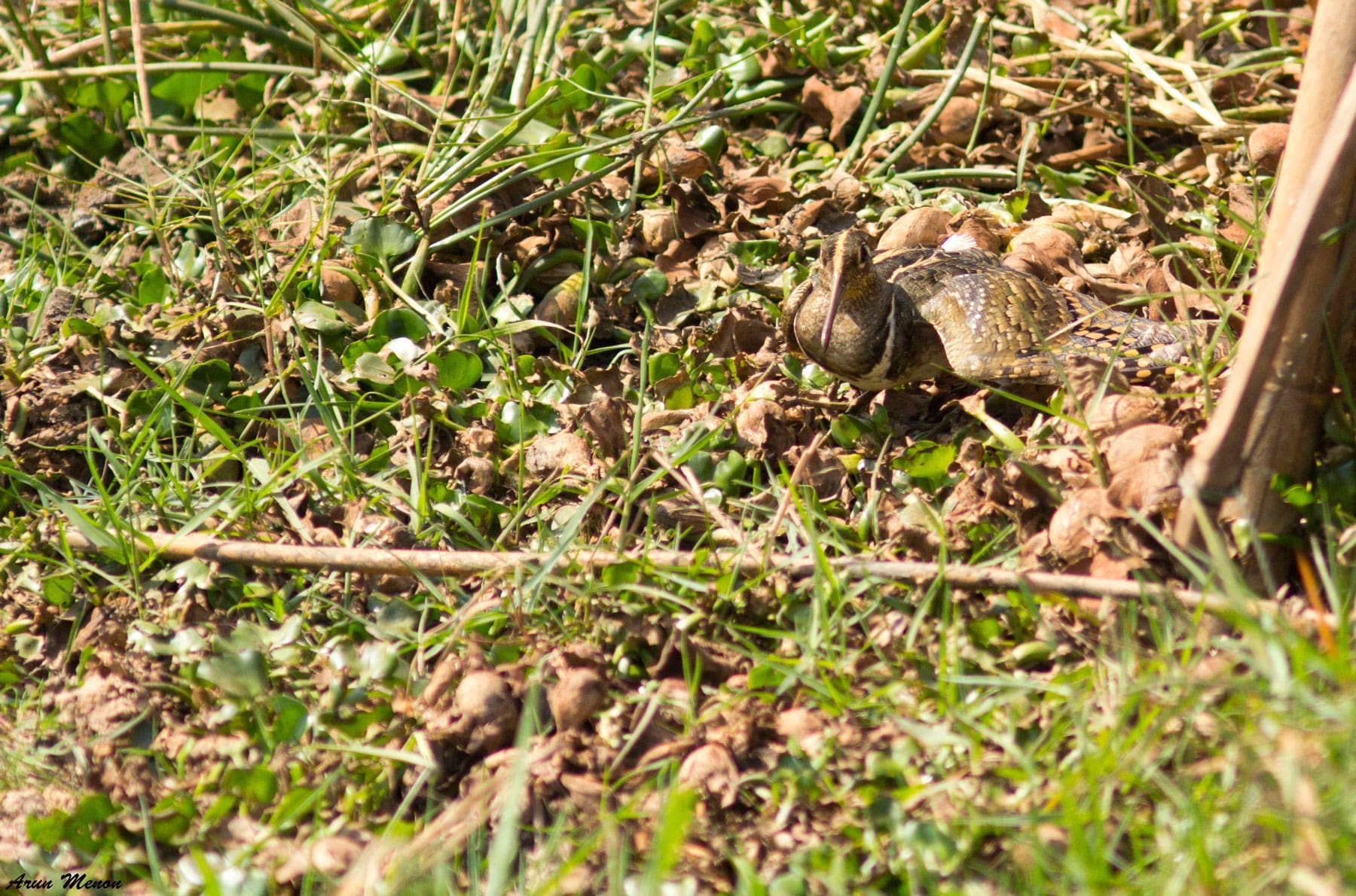









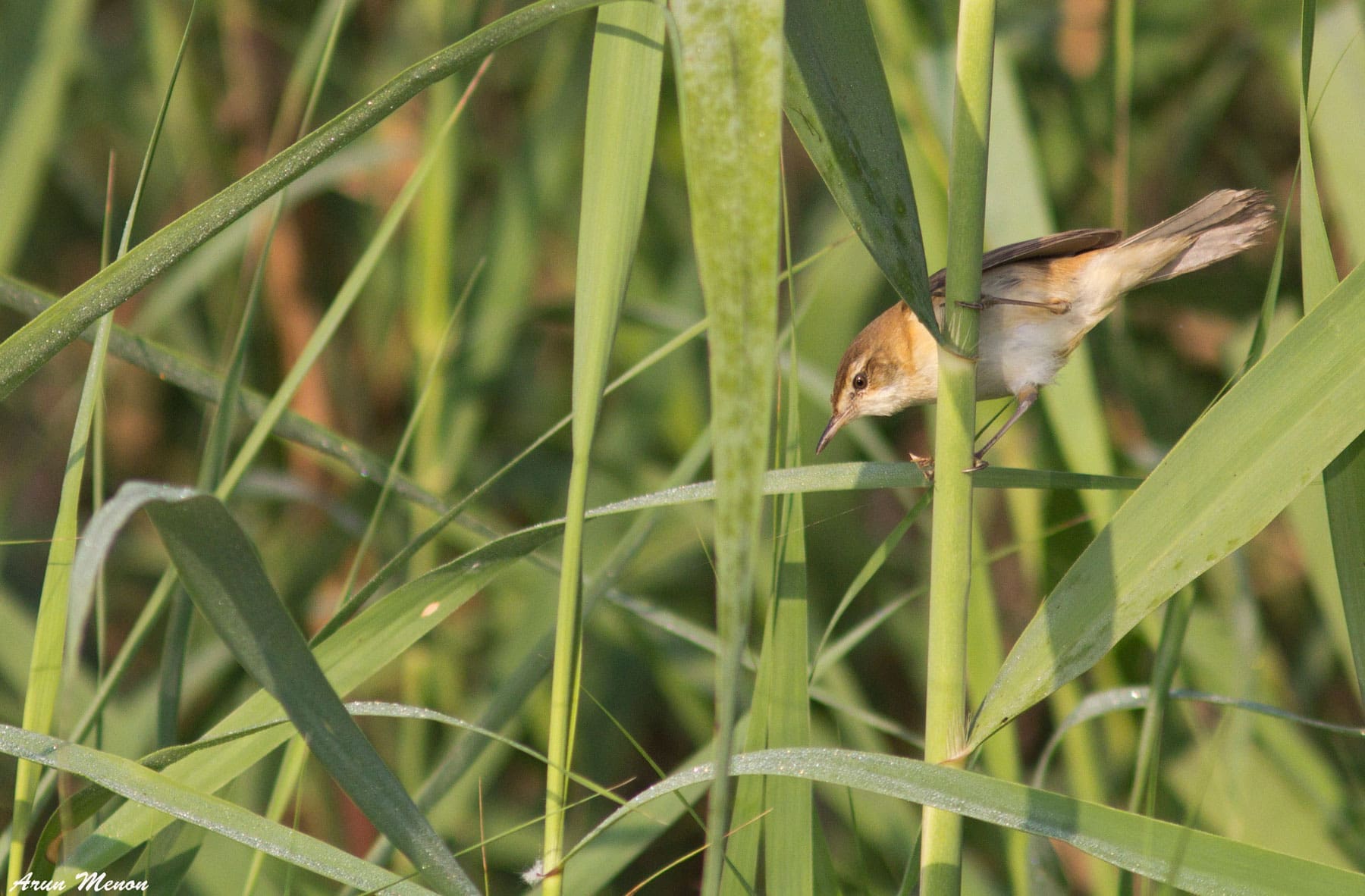
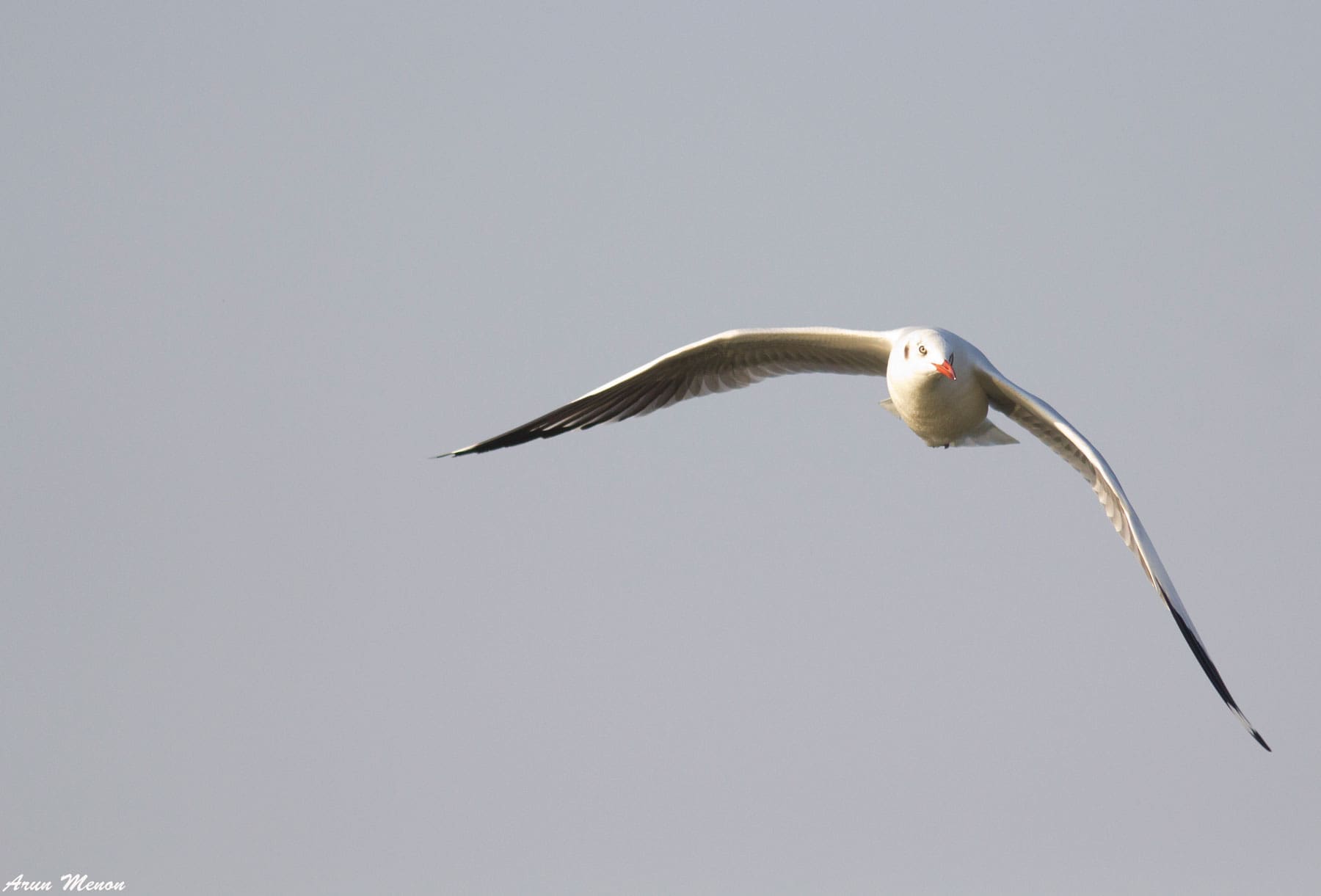
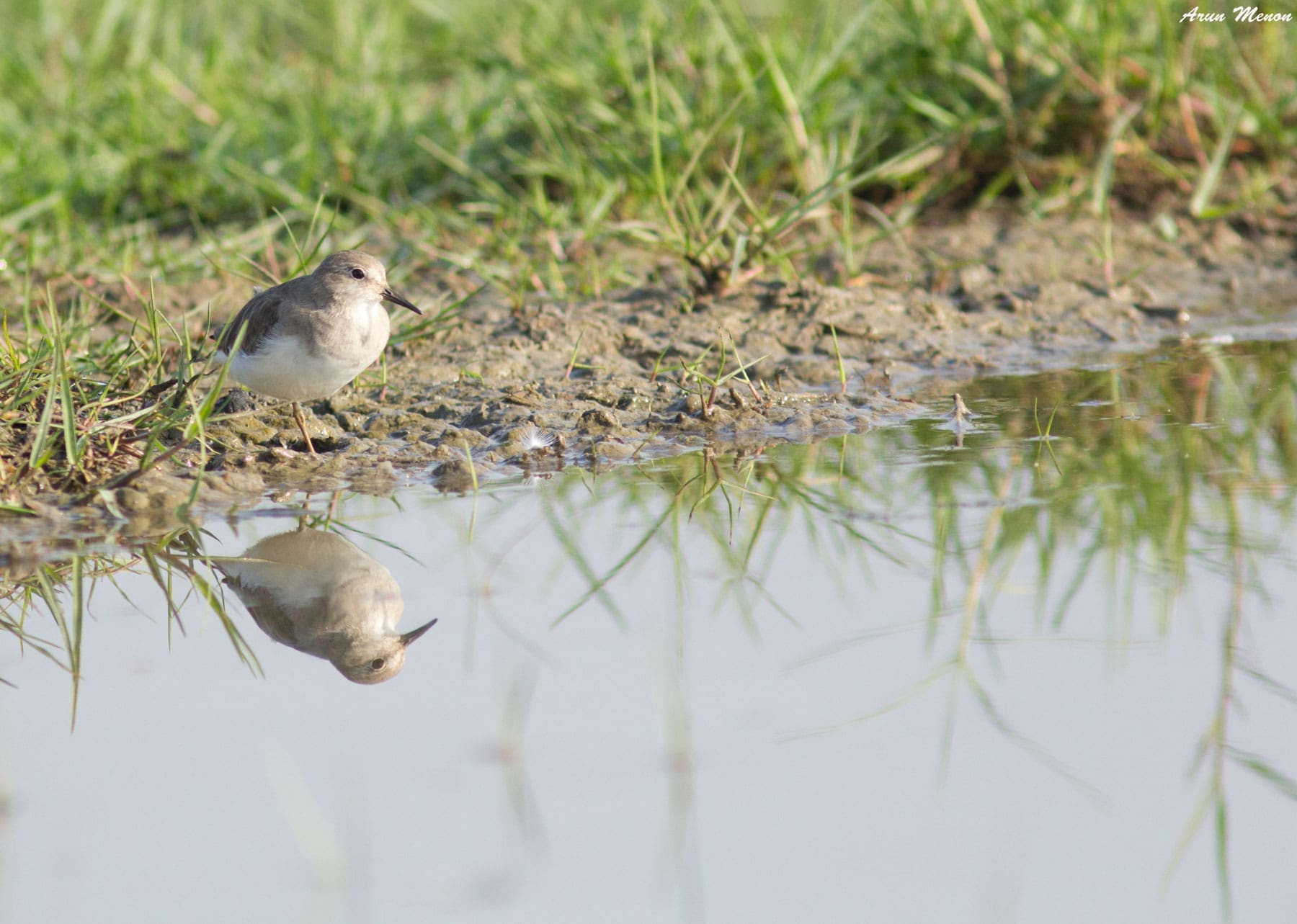
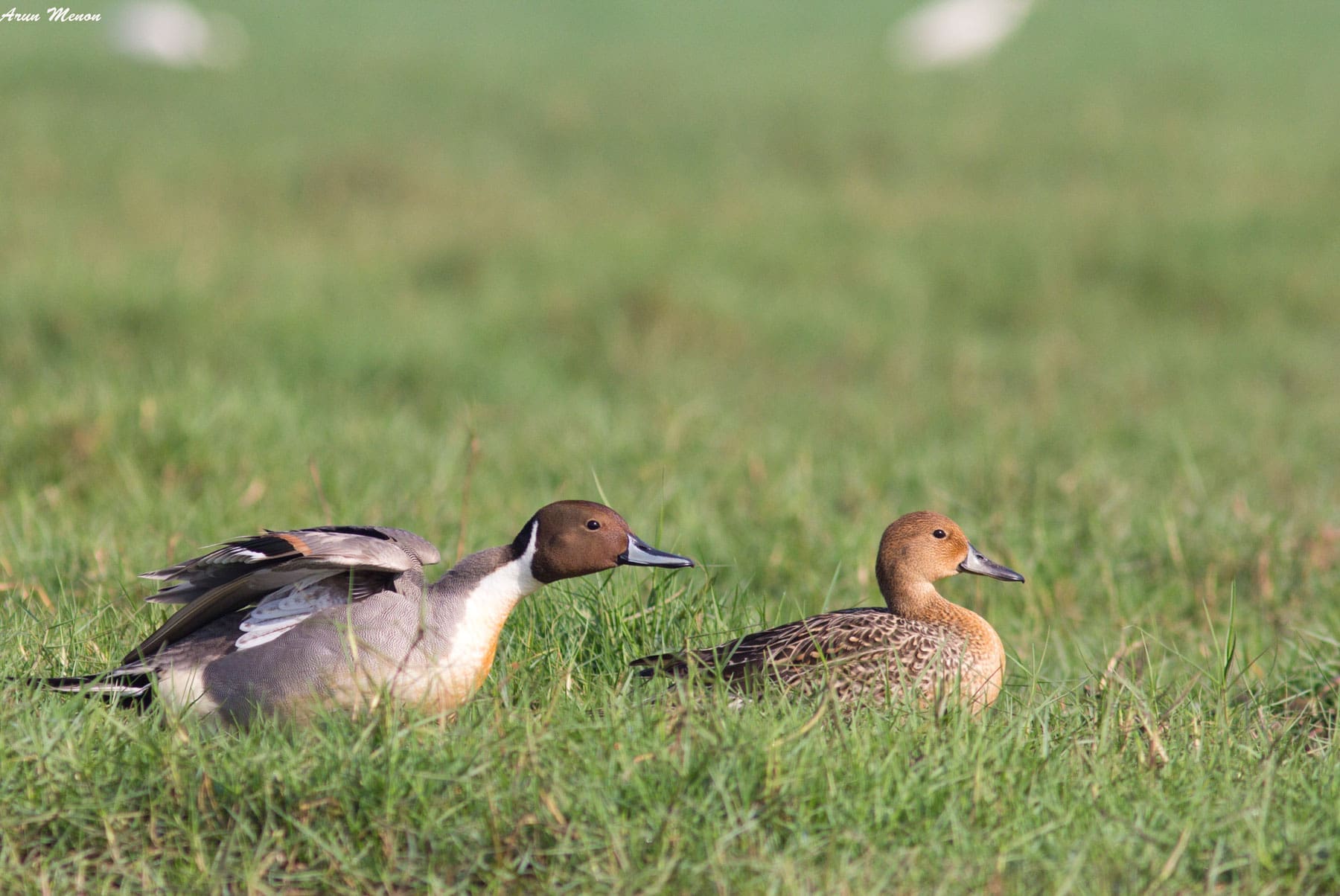



Finding serenity at Mangalajodi
Now, what made Mangalajodi serene? To me, it was all about sights like these:





- Savannah Sprinter – A day at the office with the cheetah - April 9, 2020
- Mangalajodi – birds and serenity in a winter wetland - April 14, 2018
- Let the sleeping tiger lie – on meeting the big cat on foot - March 13, 2017
